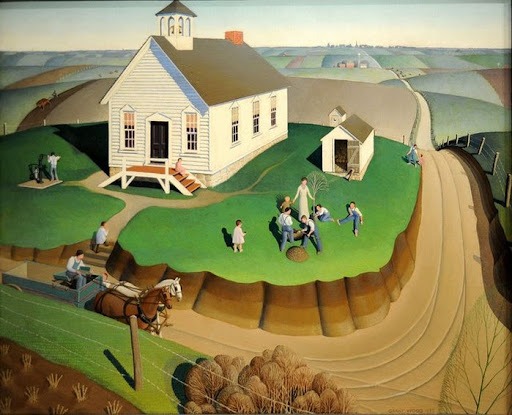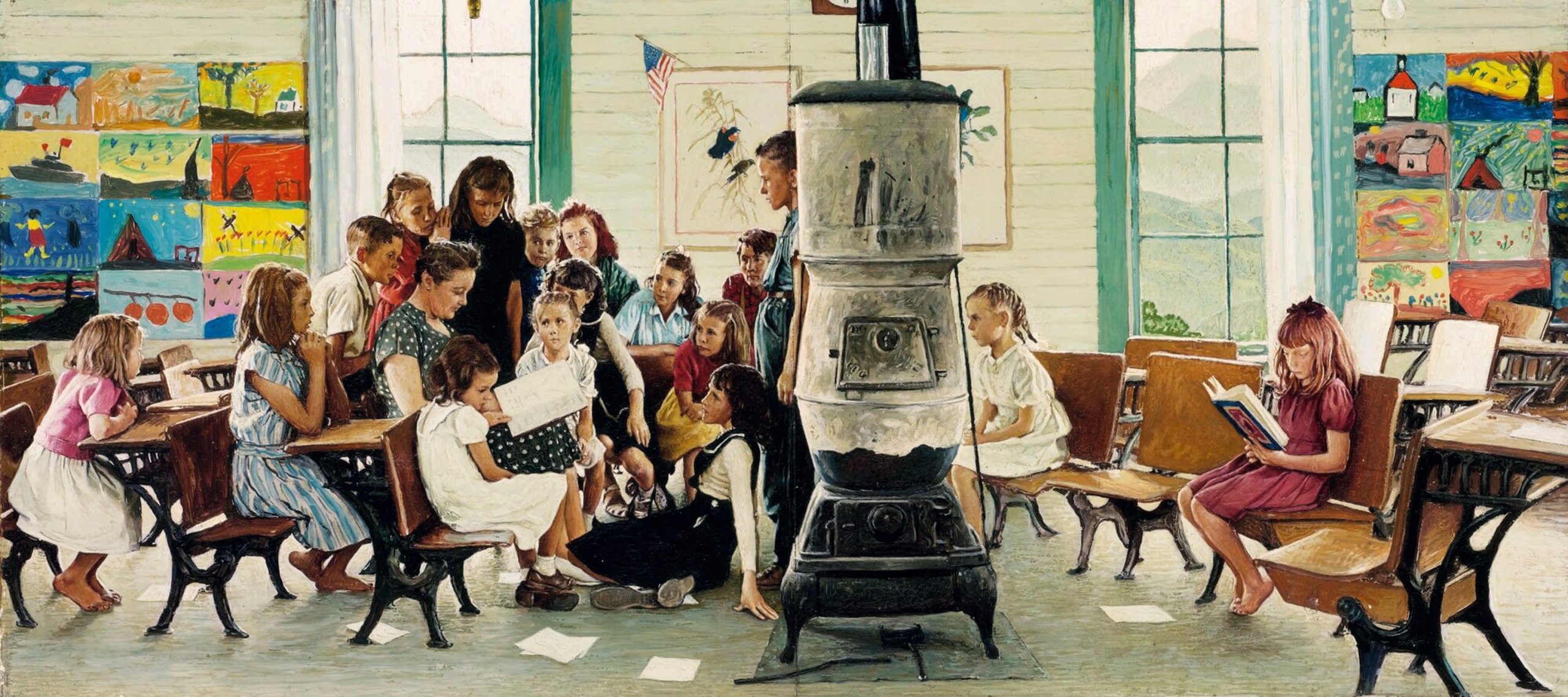International Building Code Chapter 23: Wood
Building schoolhouses with wood in the United States had significant practical and cultural implications, particularly during the 18th and 19th centuries. Wood was the most readily available and cost-effective material in many parts of the country. Abundant forests provided a plentiful supply, making it the logical choice for construction. The use of wood allowed communities to quickly and efficiently build schoolhouses, which were often the first public buildings erected in a new settlement.
Wooden schoolhouses were emblematic of the pioneering spirit and the value placed on education in early American society. These structures were often simple, reflecting the modest means of rural communities, but they were also durable and could be expanded or repaired as needed. The ease of construction meant that even remote and sparsely populated areas could establish schools, thereby fostering literacy and learning across the nation.
Moreover, wooden schoolhouses became cultural icons, representing the humble beginnings of the American educational system. They were often the center of community life, hosting social and civic events in addition to serving educational purposes. Today, preserved wooden schoolhouses stand as historical landmarks, offering a glimpse into the educational practices and community life of early America. Their construction reflects the resourcefulness and priorities of the early settlers who valued education as a cornerstone of their communities.
Building schoolhouses with wood presents several technical challenges, including durability, fire risk, maintenance, and structural limitations. Here are the key challenges in detail:
- Durability and Weather Resistance:
- Rot and Decay: Wood is susceptible to rot and decay, especially in humid or wet climates. Without proper treatment and maintenance, wooden structures can deteriorate rapidly.
- Pests: Termites and other wood-boring insects can cause significant damage, compromising the integrity of the building.
- Fire Risk:
- Combustibility: Wood is highly flammable, increasing the risk of fire. This was a significant concern in historical and rural settings where firefighting resources were limited.
- Safety Standards: Ensuring that wooden schoolhouses meet modern fire safety standards requires additional measures, such as fire-retardant treatments and the installation of fire suppression systems.
- Maintenance:
- Regular Upkeep: Wooden buildings require frequent maintenance, including painting, sealing, and repairing any damage caused by weather or pests.
- Cost: Ongoing maintenance can be costly and labor-intensive, posing a challenge for communities with limited resources.
- Structural Limitations:
- Load-Bearing Capacity: Wood has limitations in terms of load-bearing capacity compared to materials like steel or concrete. This can restrict the size and design of the schoolhouse.
- Foundation Issues: Wooden structures can experience foundation issues if not properly designed and constructed, leading to uneven settling and potential structural damage.
- Environmental Impact:
- Deforestation: The widespread use of wood for construction can contribute to deforestation, which has environmental consequences. Sustainable sourcing practices are essential to mitigate this impact.
- Insulation and Energy Efficiency:
- Thermal Insulation: Wood provides moderate thermal insulation, but additional materials and techniques are often required to ensure energy efficiency and comfort for students and staff.
Despite these challenges, wooden schoolhouses were popular in the past due to the availability of materials and ease of construction. Addressing these technical challenges requires careful planning, use of modern materials and techniques, and regular maintenance to ensure the longevity and safety of wooden schoolhouses.
Related:
Eurocode 5 (EN 1995): Design of timber structures
Minimum Design Loads and Associated Criteria for Buildings and Other Structures









